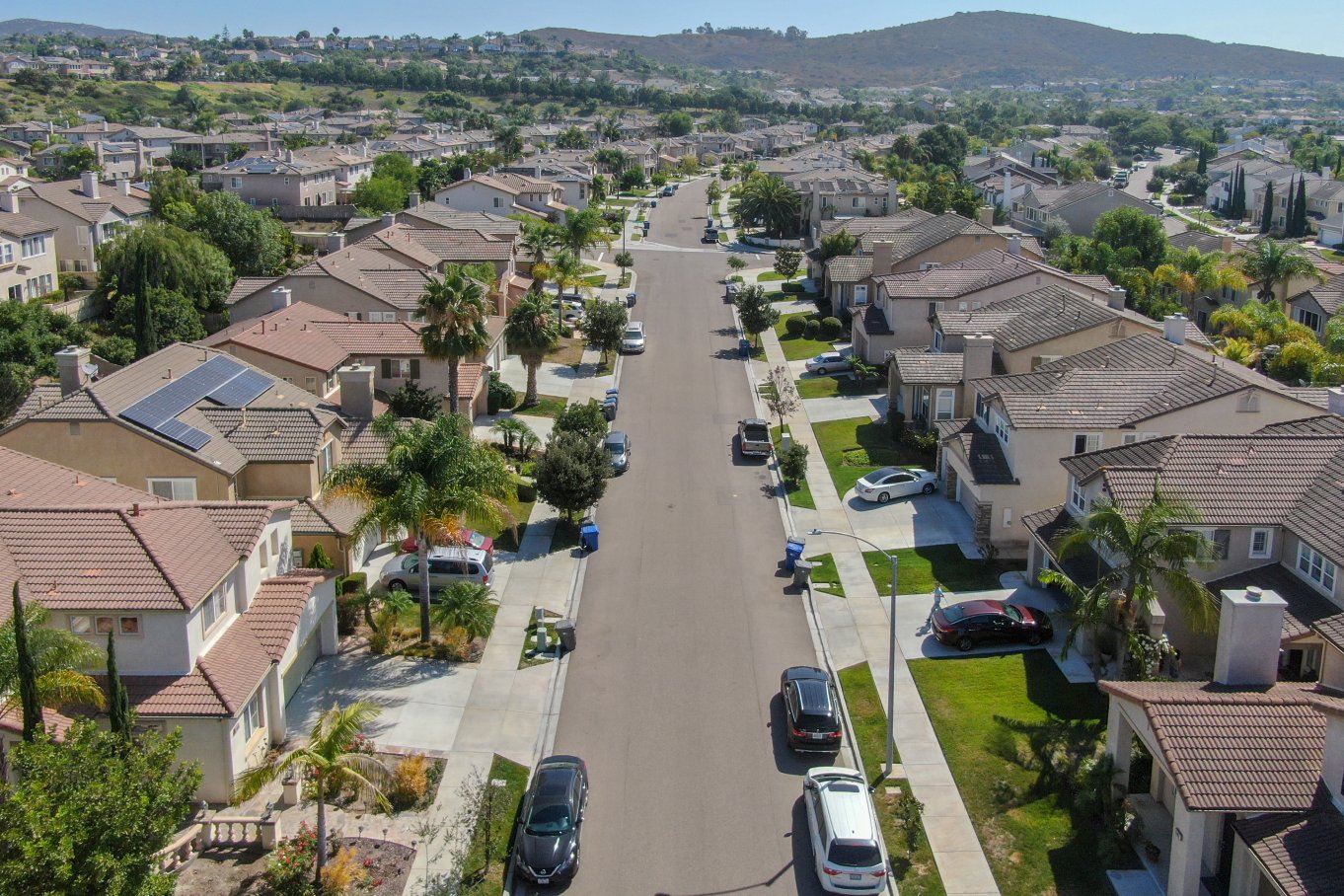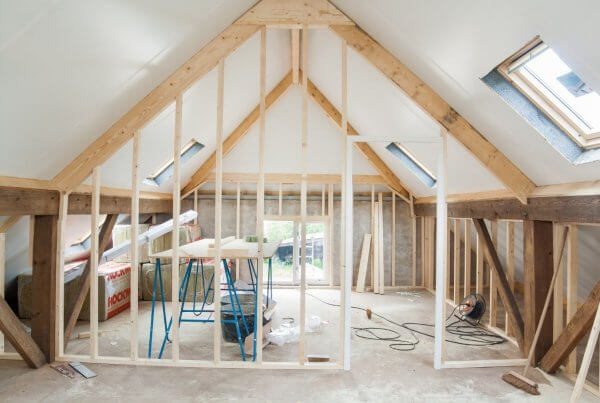Living in the San Jose area, you might overlook how your location affects your roofing needs. While the mild climate influences urban roofs, residents of rural outskirts face different challenges. Curious why this is relevant? Let’s dig into the key differences between urban and rural roofs and why they matter.
Weather and Environment Influence
First up, let’s talk about the weather. People living in San Jose’s urban areas generally deal with more pollution and higher temperatures than residents of other areas due to the “urban heat island” effect. This means you might need roofing materials that can withstand heat and pollutants. Cool roofing materials or reflective coatings can keep your home comfortable.
On the flip side, rural areas might face more challenges from natural forces, such as wind, heavy rain, or even critters. In these areas, homeowners should consider durable materials, such as metal or slate, to withstand strong winds and protect against wildlife.
Tile or asphalt shingles offer resilience and versatility. Choose materials that offer both durability and aesthetic appeal for your needs.
Roofing Design and Aesthetic Choices
Next, let’s consider design. Urban homes often have small roofs, so homeowners need to maximize space. This might mean using innovative designs, including flat or green roofs that provide extra living space or support sustainability efforts.
Rural homes, however, tend to have more room to play with. This can allow for traditional pitched roofs or even more elaborate designs that enhance a property’s charm. What’s interesting is how these choices can impact curb appeal, so you might wonder if a new roof increases your home’s value. It absolutely does, especially if it complements the style of the home and the surrounding area!
Accessibility and Installation Challenges
Accessibility might be an issue for you. Urban areas include tight spaces, making new roof installation tricky. Hire a roofing team that knows how to work in compact environments without disturbing neighbors or violating city codes.
Rural projects can face challenges such as unpaved roads or needing special permits for protected land. Choosing a roofing company familiar with rural installations can make a difference.
Material and Maintenance Considerations
Material choice is another factor that illustrates the key differences between urban and rural roofs. Many urban residents might choose materials that require less maintenance and are easy to repair, such as asphalt shingles and composite roofing options.
Regardless of where you live, remember that humidity can impact your home in surprising ways. For instance, excess humidity can lead to mold growth and warped floors. It can also cause paint to peel and create electrical issues from condensation.
Rural homeowners might look at roofing materials that require less frequent upkeep, such as metal or tile. They can handle more severe weather patterns with less wear over time.
It’s clear that where you live affects your roofing needs. From weather resistance to installation challenges, understanding these differences is helpful for many homeowners. Whether you’re in the heart of San Jose or its peaceful rural outskirts, aligning your roofing needs with your environment will be the best decision for your home!




